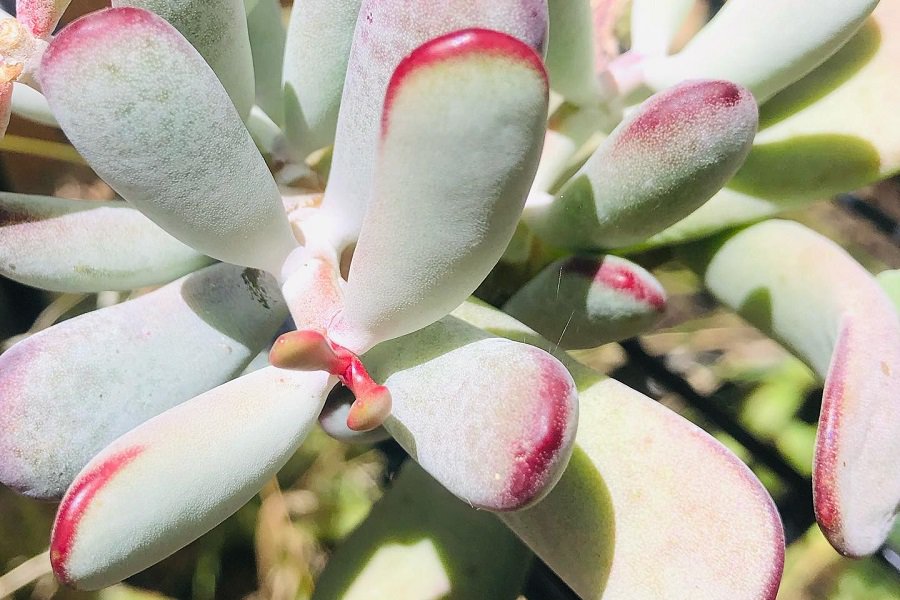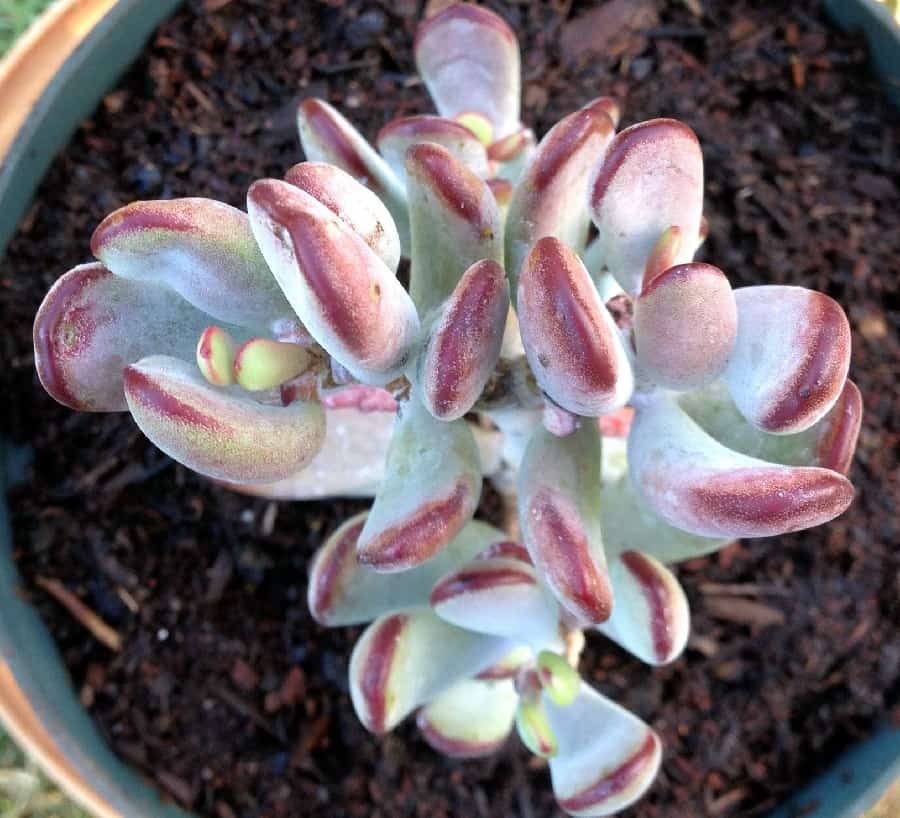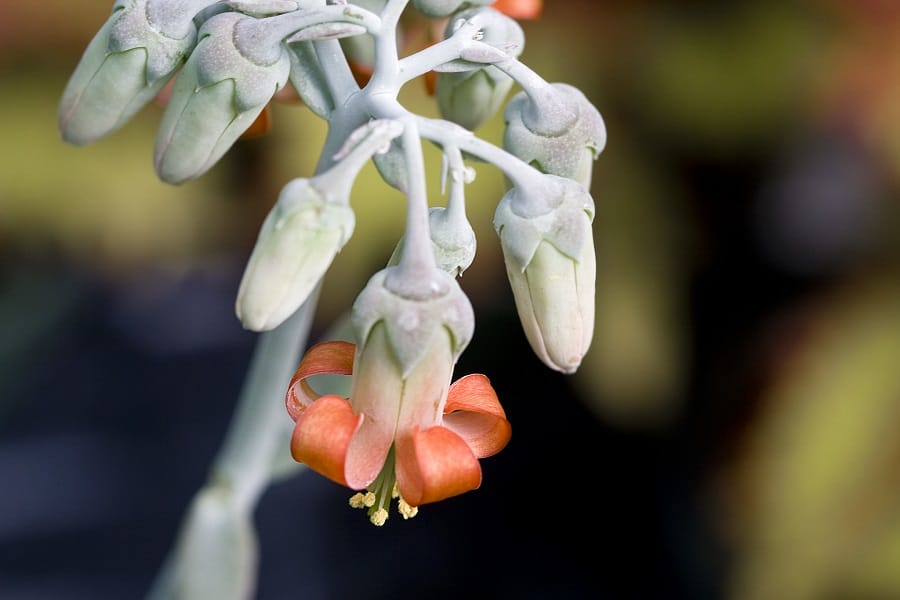Cotyledon Happy Young Lady: Characteristics and Care
Ever seen a plant with thick, fleshy leaves that look like green fingers? That’s the Cotyledon Happy Young Lady for you! This unique succulent is sure to grab your attention with its funky foliage. But it gets even cooler – keep reading to find out!

Contents
About Cotyledon Happy Young Lady
The Cotyledon Happy Young Lady is a hybrid succulent with a mysterious background. It grows in a pretty rosette shape, with chunky, finger-like leaves clustered together. The green leaves can also develop reddish-purple edges and spots when the plant soaks up lots of bright sunlight.
And get this – it produces light orange flowers atop tall stalks! If you’re looking for an eye-catching, low-maintenance indoor plant, this quirky succulent might just be your new best friend.
Let’s dive into how to keep your Cotyledon Happy Young Lady thriving:
Related Post:
25 Types Of Cotyledon Succulents (With Pictures)
How To Care For Cotyledon Happy Young Lady
Light
This sun-lover craves lots of bright light. Indoors, place it near a sunny window or use a grow light. Outdoors, it can take full sun in the morning but may need afternoon shade to prevent sunburn.

Water
Like most succulents, the Cotyledon is drought-tolerant but dislikes staying damp for too long. Only water when the soil is completely dry down to about 4 inches deep. Expect to water every 5-7 days in summer, less in winter. Always avoid wetting the fleshy leaves.
Soil
Your Happy Young Lady needs very well-draining soil to prevent rot. A cactus/succulent potting mix is ideal, or make your own by combining regular potting soil with sand and perlite or pumice.

Fertilizer
Feed with a diluted succulent fertilizer once a month during the spring and summer growing season. This provides an extra nutrient boost.
Temperature and Humidity
It’s right at home in warm, dry conditions typical for desert plants. Shield it from frosty temps below 35°F.
Pests and Problems
Watch for common succulent pests like mealybugs or fungal issues from overly damp soil. A stressed plant may also shed bottom leaves as a survival mechanism.
Pruning
Minimal pruning is needed besides removing any discolored, shriveled leaves or bloom stalks.
Potting and Repotting
Use a well-draining pot or add a drainage hole. Only repot every 2-3 years in early spring when it’s becoming pot-bound.
Cotyledon Happy Young Lady Propagation
One of the best things about the Cotyledon Happy Young Lady is how easy it is to propagate and get new plants! You can use either leaf cuttings or stem cuttings.
Leaf Cuttings:
- Start with a plump, healthy leaf from the center rosette
- Allow the leaf cutting to callus over for a day after removing
- Dip the end in a rooting hormone (optional but helps)
- Plant the leaf in a well-draining soil mix
- Soon you’ll see tiny new rosettes sprouting from the leaf!
- Once the new plants have their own root systems, you can transplant them
Stem Cuttings:
- Use a clean, sharp knife or pruners to take 2-4 inch stem cuttings
- Allow the cut ends to callus over for several days
- Fill a pot with well-draining cactus/succulent soil
- Plant the calloused stem cuttings vertically, allowing just the top to poke out
- Water sparingly, keeping the soil just barely moist
- In a few weeks, you should see new growth at the cut ends
- Once roots have developed, you can transplant the new plants
Using either method, have patience as succulent propagation can take several weeks or months. But it’s such an easy way to get more of these quirky, fleshy-fingered plants! Just have fun experimenting.
